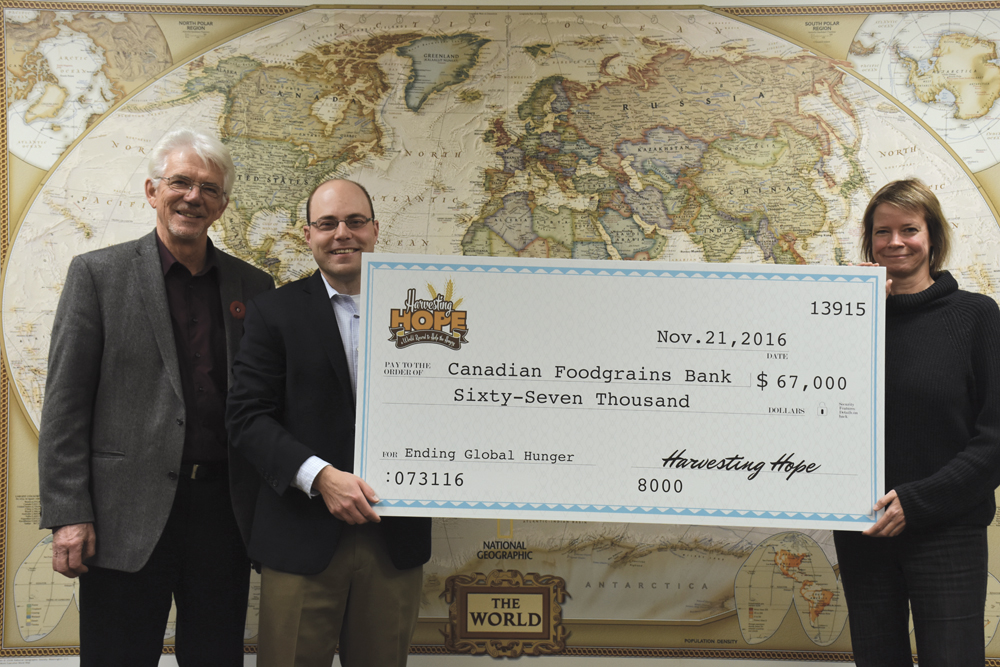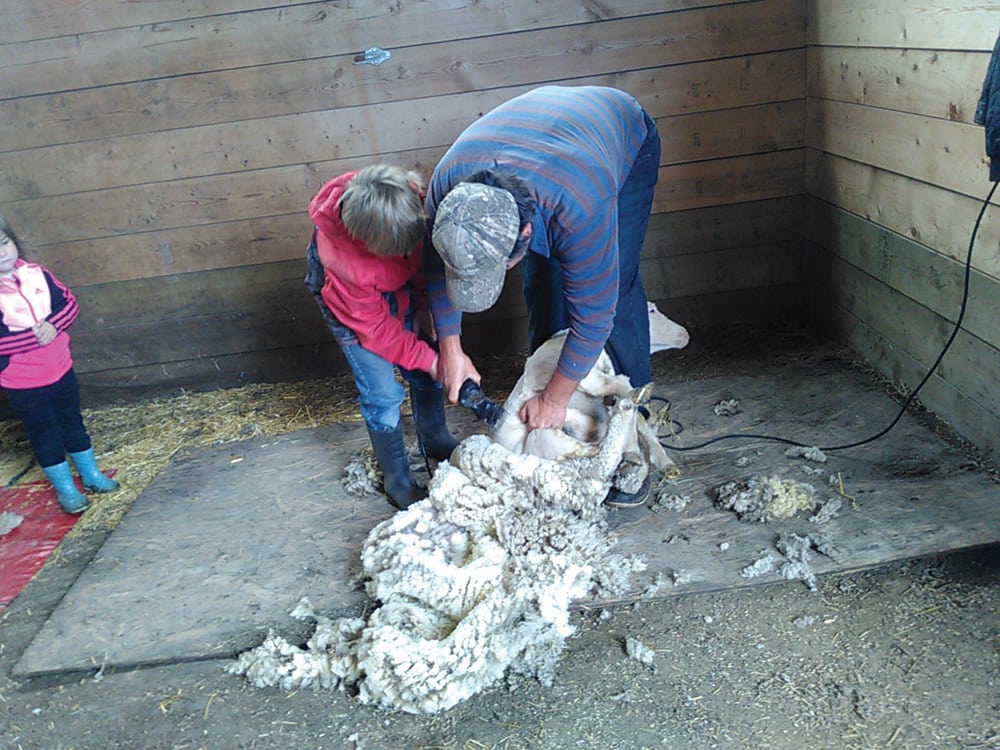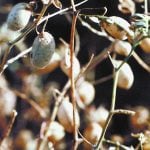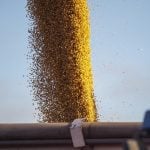Manitoba can officially claim the world antique harvest record, according to Guinness World Records.
That organization has officially sanctioned the Harvesting Hope: A World Record to Help the Hungry, held July 31 at the Manitoba Threshermen’s Reunion & Stampede in Austin, as the largest-ever simultaneous operation of vintage harvest equipment.
More than 8,000 people witnessed the spectacle, a joint initiative of the Canadian Foodgrains Bank and the Manitoba Agricultural Museum. In total, 148 threshing machines and over 750 volunteers attempted the record, with 139 threshing machines successfully operating the required 15 minutes.
Read Also

AgriStability enrolment deadline extended
The deadline for Manitoba farmers to enroll in the AgriStability business risk management program has been extended by three months agriculture minister Ron Kostyshyn announced on Friday.
The event produced 1,500 bushels of grain from 30,000 sheaves of winter wheat.
Guinness World Record officials are very careful about documenting and tallying all those numbers before declaring any record official, said Elliot Sims, one of the event’s organizers. A team of about 15 people was on site that day to make sure everything was correctly accounted for, and afterwards there were questionnaires to fill out and statements to sign, he said.
“We had to explain how we counted and how we kept track of things,” he said.
It’s great news to learn the record is theirs, he added.
“It’s a huge sense of relief that after all of our efforts over the last two years to organize it to know that we finally pulled it off.”
In addition to setting the record, the event raised $134,000, which is being split between the Canadian Foodgrains Bank and the Manitoba Agricultural Museum.
A cheque for $67,000 was presented to the Foodgrains Bank on November 21, for use in its programs in Africa to help small-scale farm families grow more and better food. These funds are matched 3:1 by the federal government, making the event’s impact grow even further.
“We were proud to be a part of this record-breaking event, and grateful to receive a donation to help farmers in the developing world,” said John Longhurst, director of resources and public engagement with the Foodgrains Bank.
Manitoba Agricultural Museum will be dedicating its portion of the funds towards a number of restoration projects.
Sims said most expect Manitoba to hold the record title for a long time to come. The previous record was 111 machines held by a group from St. Albert, Ont.
Another attempt at a record would require hauling even larger volumes of threshing machines to another site which would be no easy feat, he said. The threshing machines housed at Austin are also the largest found in North America in operating capacity.
“In terms of breaking the record with Prairie-size machines, that’s a whole other bar of difficulty to attain,” he said.
The lasting outcome of this summer’s events is the way it brought together threshing enthusiasts and members of multiple museums, he said.
“Events like this show the strength and community spirit of rural Canadians, and how they can come together to celebrate their heritage and help others,” he said.
“I’ve already heard in a number of cases of individuals who are going to be helping each other out with restoration projects or supporting their local shows or festivals,” he said. “It was a great way to bring together a very broad community.”
















